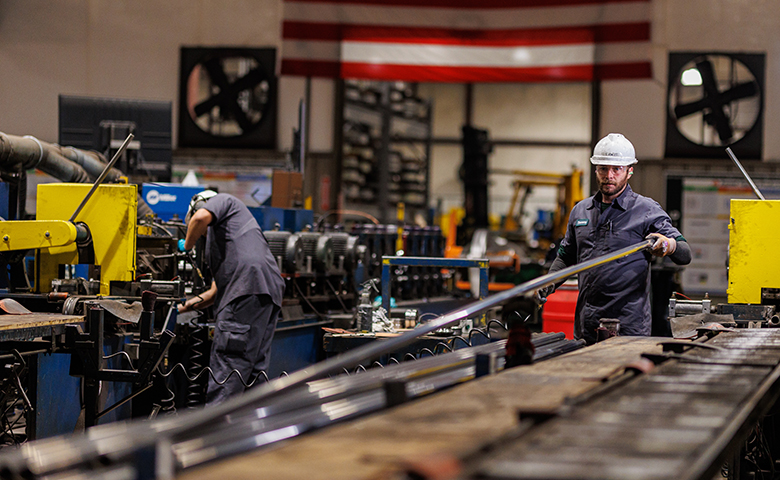CEO is a big title—and it comes with responsibility for a company’s overall operations—but what does it really mean?
In addition to being the highest-ranking executive manager, the CEO has to make big corporate decisions that will result in the company’s success or failure. But one common misconception is that CEOs need to be autocratic. In fact, it’s the ones who engage their employees well that are the most successful.
Not only do they need to be cognizant of the day-to-day operations but they also need to think about things like safety and company culture. When posed with a question like “Should safety and culture come from the top or the bottom?” the answer, unsurprisingly, is both. According to Safety + Health in an article about CEOs “who get it”:
A good safety leader understands that safety is a dialogue between workers and management. They listen to their workers’ ideas and concerns and embrace their views when refining their organization’s safety culture”
And even though CEOs are at the helm of decision-making, it’s also their job to know when they need to enlist help to achieve their goals. Christopher Hutter, CEO of Ascent Industries Co., wasn’t always the CEO—he took over in 2020 and inherited things like “limited hands-on leadership, bloated corporate cost structure, and undermanaged operations leading to below industry standard margins.” Being the definition of a good safety leader isn’t an easy task. Christopher made the decision to partner with SafeStart to achieve a safety-first culture that really resonates with employees. Using a third party ensures you have the expertise required to reach your goals and effectively reduce risk.
“You’ve got to go to work knowing that you can go home. There are some organizations that don’t have that mentality,” Christopher said.
SafeStart’s Human Factors Safety Assessment and Diagnostics services provide expert strategic and tactical advice to organizations on human factors, systems and systems integration. It also delivers custom solutions to specific aspects or problems that an organization is facing, from the most senior levels of leadership, down through the hierarchy and systems, all the way to the frontline. This service helped Christopher develop an evidence-based case for specific safety improvements and provided a tailored solution to impact all levels of the company.
“You really need that partnership to not only give you the playbook, but to tell you what are the best operating procedures, what are the best competitors doing, what are other people doing. You’re never going to be able to know what everyone’s doing if you’re just trying to do it yourself,” he added.
And by looking at the numbers, it’s clear that Christopher has done a number of things right. Ascent Industries has seen a 68% improvement in TRIFR. But another number that stood out was the 3,168 safety observations submitted. Safety observations need to target the actions, hazard recognition, awareness and behaviors of all employees, from the frontline up through the organization, in order to be effective. What’s more, over 90% of those observations were closed by Ascent Industries Co.
Creating and closing thousands of safety observations demonstrates engagement across the organizational hierarchy. It starts with the CEO, extends to external partners but ultimately takes incredible effort from every person every day. That level of commitment to safety deserves to be recognized and celebrated throughout the safety industry. And the process for efficiently influencing positive change must be modeled more by CEOs and safety leaders.

